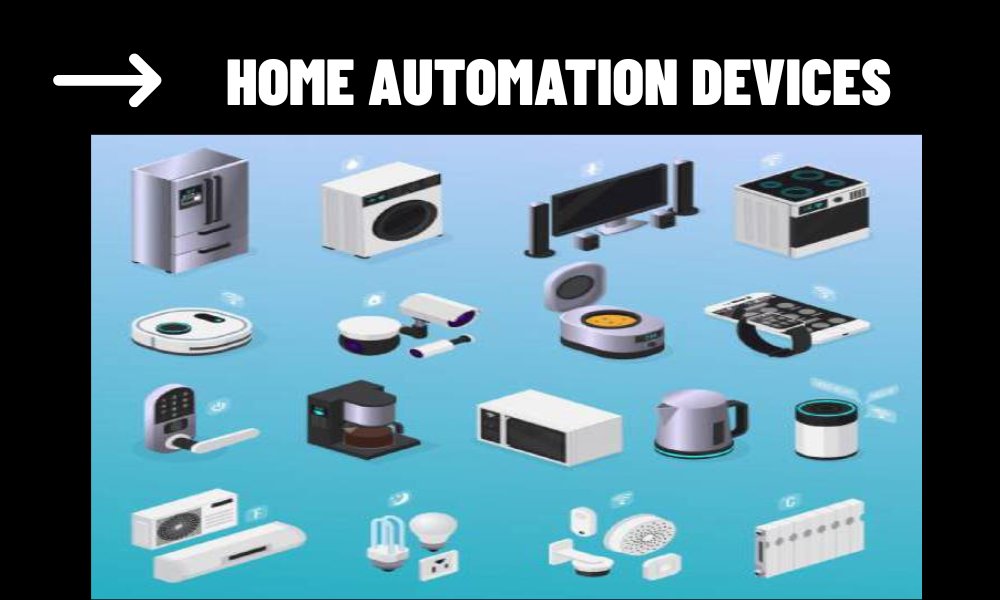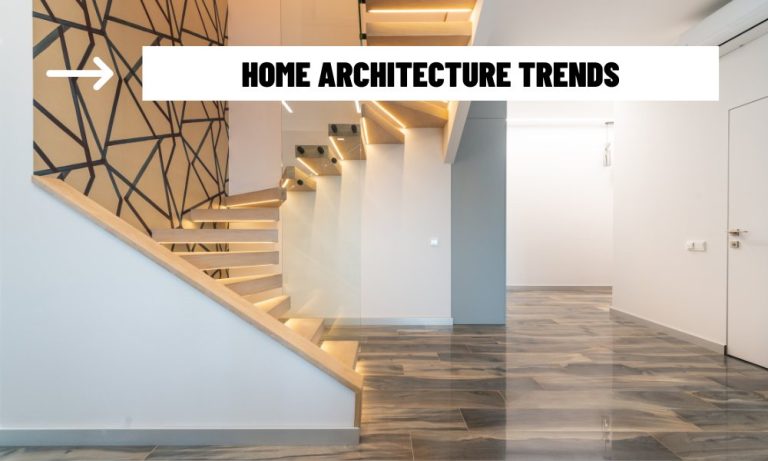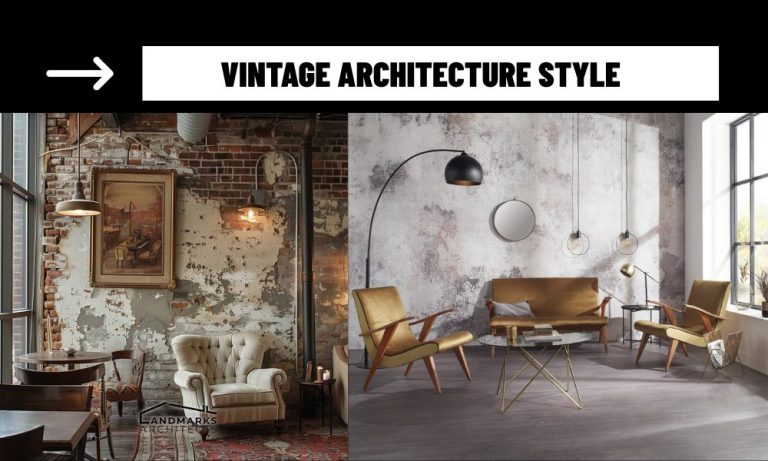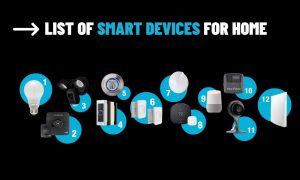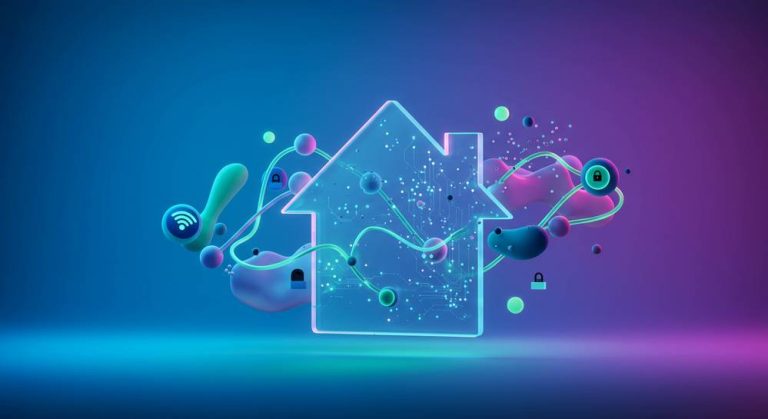Architecture has always been a response to how people live. But today, it’s no longer just about space — it’s about systems. As buildings begin to think, learn, and respond, the relationship between form and function shifts. At the heart of this transformation are home automation devices, now shaped not just by engineers and designers, but by algorithms and real-time data.
Home automation devices are transforming architecture from static design into dynamic experience. Informed by artificial intelligence, these systems allow homes to adapt, predict, and evolve with their occupants. For architects, the wall is no longer a barrier — it’s a sensor. The floor is not just structure — it’s an interface. This is the architecture of awareness.
1. Architecture That Begins With Behavior
For centuries, architecture followed the body. Proportion, light, materials — all based on how humans move and perceive. But now, with home automation devices, it begins with behavior in a different sense: patterns, data, prediction.
A room is no longer defined solely by its dimensions or materials, but by how it understands those who inhabit it. Artificial intelligence gathers and interprets signals: when someone enters, how they interact, what makes them comfortable. Over time, the space learns. Design becomes not just spatial, but behavioral — architecture that isn’t frozen in time, but in constant dialogue with life.
2. The Disappearance of the Device
One of the most interesting effects of AI-powered home automation devices is how they reshape our perception of the built environment. As intelligence becomes embedded in the architecture itself, the line between device and design begins to dissolve.
An architect today doesn’t just design a ceiling — they might design how it reacts to heat, sound, or stress. The thermostat disappears into the wall; the speaker merges with the surface of a shelf. Design becomes invisible, not because it lacks presence, but because it no longer demands attention. This subtlety is what makes AI integration in architecture so profound — the intelligence is silent, but transformative.
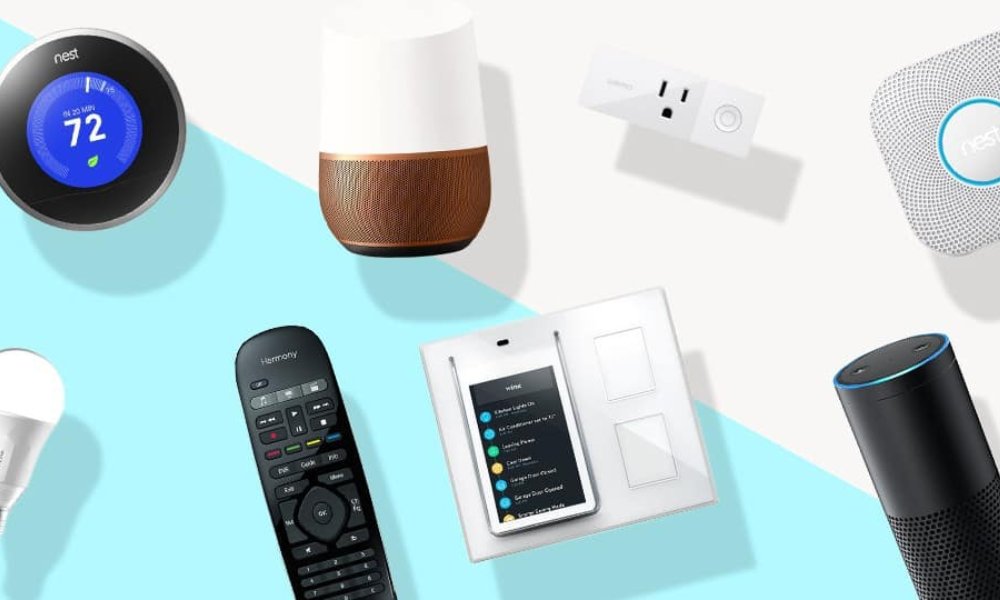
3. Space as a Thinking System
Traditionally, buildings were inert. They protected, enclosed, expressed — but they did not participate. Now, with AI and home automation, architecture begins to think. A home becomes a system of distributed awareness: light sensors read the time of day, voice assistants parse tone, motion detectors follow rhythm. These are not isolated functions. They are part of a cognitive ecosystem.
This shift creates a new kind of spatial logic — not fixed, but adaptive. Rooms reshape themselves based on use. Hallways guide lighting based on footsteps. Energy is conserved based on prediction, not reaction. Architecture becomes a thinking partner, not just a backdrop.
4. Designing for the Unseen
The architect’s role is evolving. Today, designing a smart home means working with both physical and digital materials. Light, texture, and form are now considered alongside latency, data flow, and sensor sensitivity. The result is a type of design that prioritizes unseen performance as much as visible aesthetics.
This doesn’t mean abandoning beauty — it means expanding its definition. A beautiful room is now also one that knows when to open a window, reduce brightness, or lower energy consumption based on learned behavior. The elegance lies not only in what’s seen, but in what’s felt — the subtle calibration between human need and artificial intelligence.
5. Ethics, Agency, and Architectural Presence
With great intelligence comes new questions: Who controls the data? Who shapes the behavior of a learning environment? As home automation devices grow more autonomous, architects and designers find themselves in unfamiliar territory — not just shaping buildings, but shaping decision-making systems within them.
This opens new possibilities, but also new responsibilities. A home that anticipates your mood or modifies your environment can empower — or manipulate. Architecture, once a passive shell, now has agency. And with that agency must come transparency, care, and ethical design.
Home automation devices, once seen as add-ons to the built environment, are now inseparable from its very logic. Powered by AI and embedded in architecture, they are transforming homes into systems that think, feel, and evolve. For architects and residents alike, this is more than a technological shift — it is a new architectural language. One that listens as much as it speaks. One that adapts, respects, and ultimately, redefines what it means to live well.
